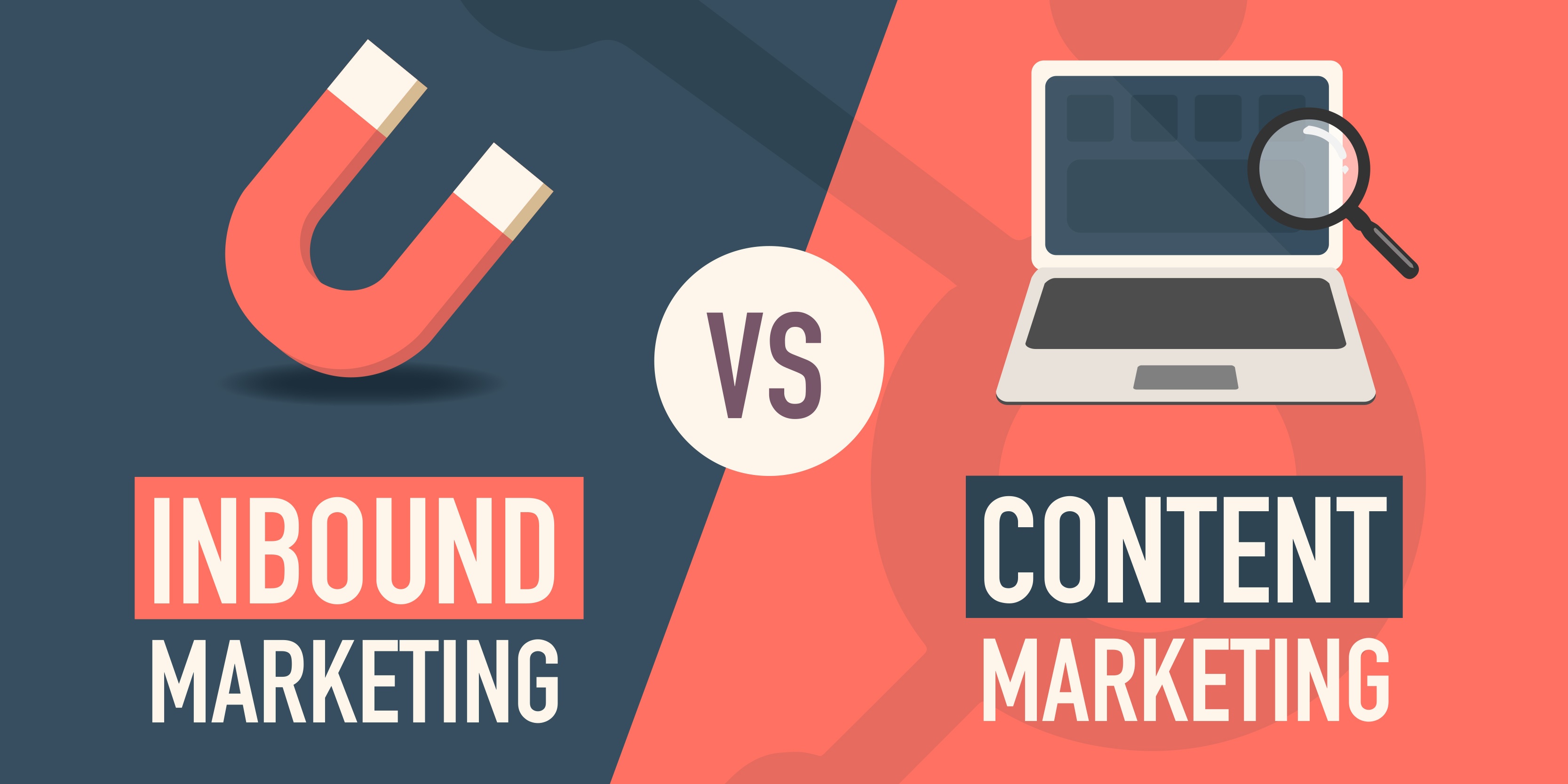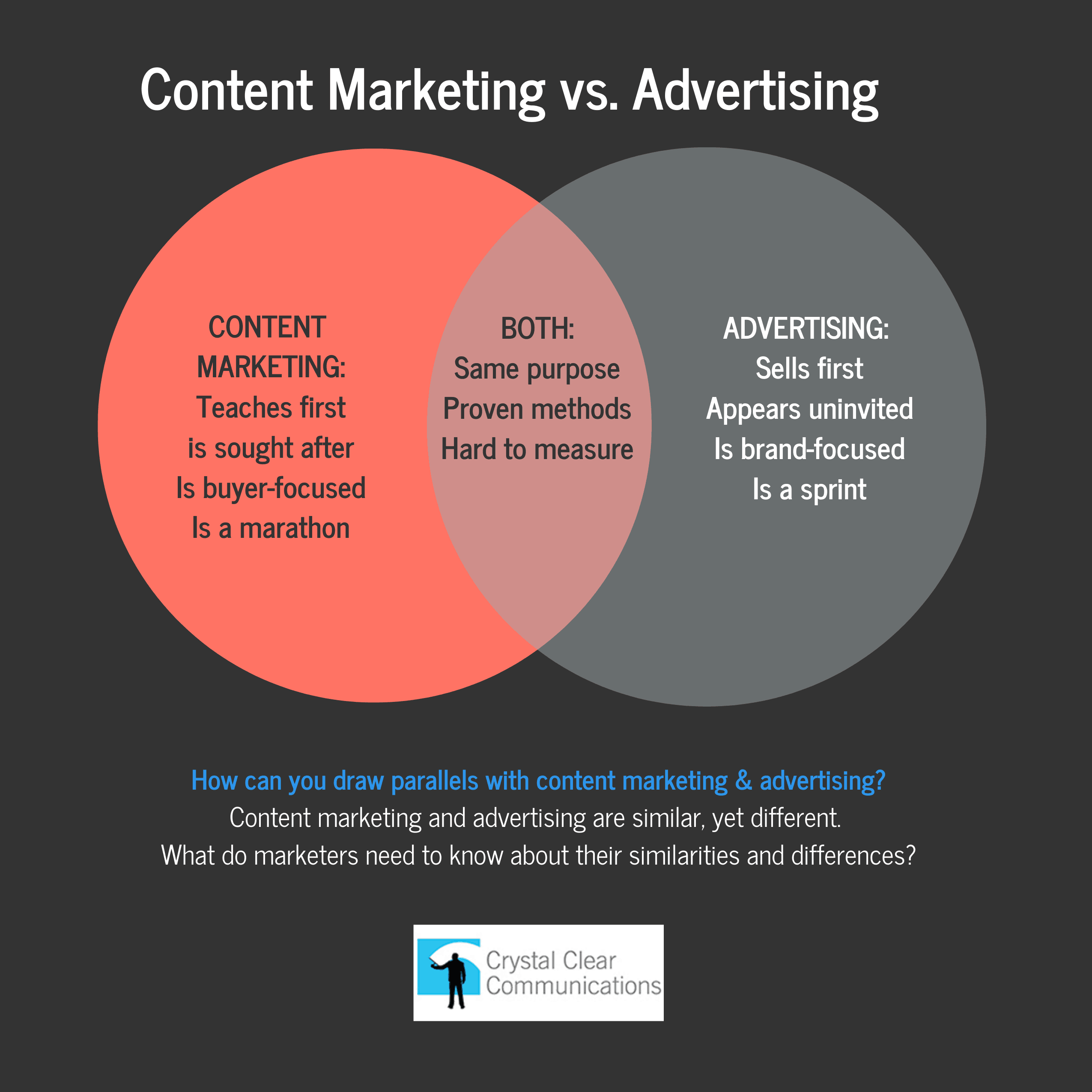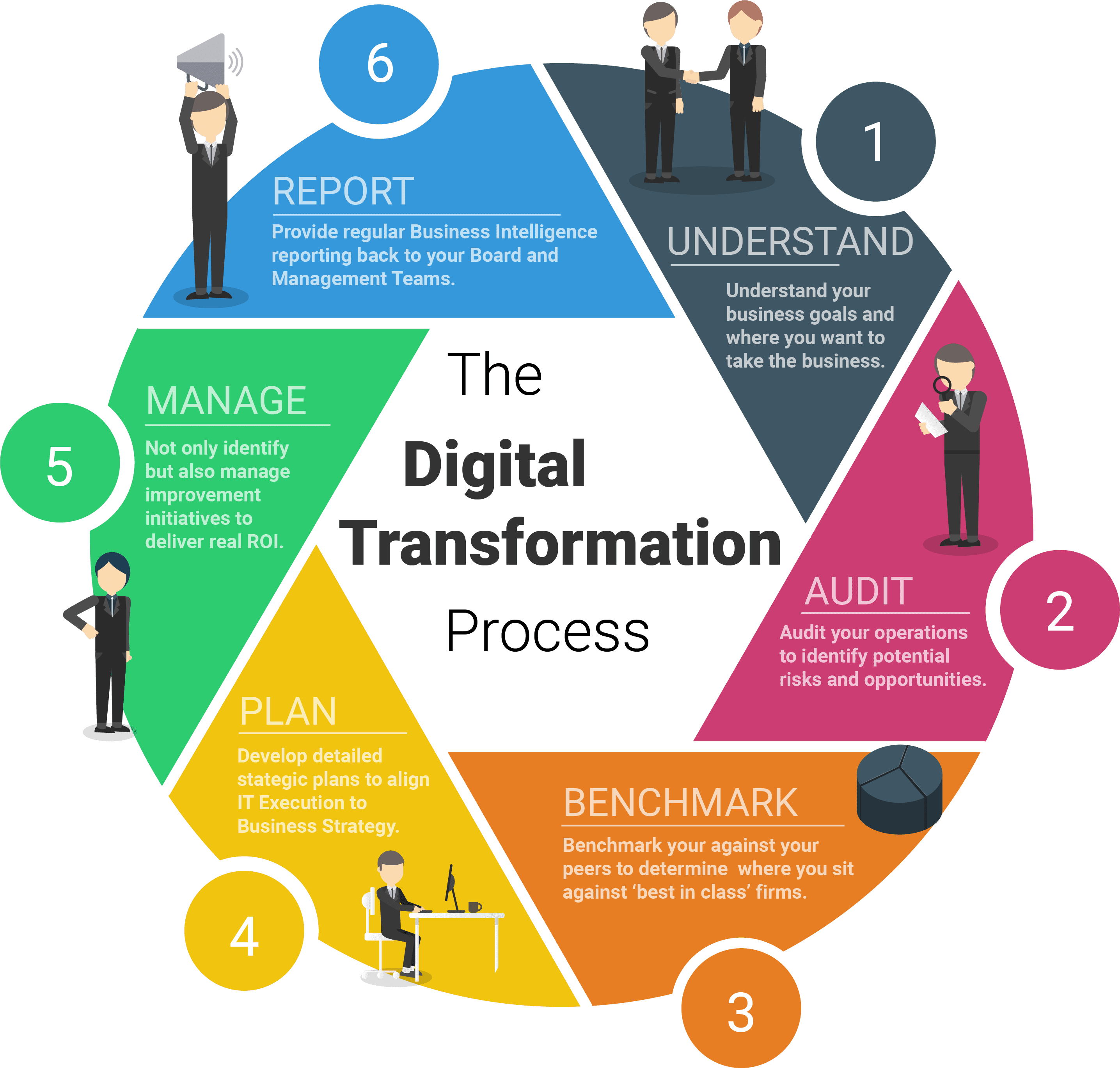In today’s competitive digital landscape, businesses are constantly seeking effective ways to reach their target audiences and drive growth. Two powerful strategies that have emerged as key players in this realm are content marketing and public relations (PR). While both share the goal of communicating with external stakeholders, they do so in distinct ways. This comprehensive guide will delve into the differences between content marketing and PR, exploring their unique strengths and how they can be seamlessly integrated for maximum impact.
One of the primary challenges faced by businesses is the struggle to effectively engage with their audiences and convey their brand’s value proposition. Content marketing and PR offer complementary approaches to address this challenge. Content marketing focuses on creating and distributing valuable, relevant, and consistent content to attract and retain a clearly defined audience. On the other hand, PR emphasizes building and maintaining positive relationships with key influencers and the media to secure favorable publicity and enhance brand credibility.

Content Marketing vs Social Media Marketing: Which is Better in 2024? – Source www.crongenix.com
To maximize the impact of both content marketing and PR, it is crucial to integrate them seamlessly. This approach allows businesses to leverage the strengths of each strategy to achieve a synergistic effect that amplifies their overall communication efforts. By aligning content marketing and PR objectives, businesses can effectively deliver their messages to the right audiences, build trust and credibility, and drive measurable results.
Content marketing revolves around creating and distributing high-quality content that is tailored to the interests and needs of the target audience. This content can take various forms, including blog posts, articles, videos, infographics, and social media updates. The primary goal of content marketing is to educate, inform, and engage the audience, establishing thought leadership and building relationships. On the other hand, PR focuses on managing the public perception of a brand or organization. PR professionals interact with journalists, bloggers, and other key influencers to secure positive media coverage, handle media inquiries, and manage reputation in the public eye.

Content Marketing vs Paid Advertising: All You Should Know – Source www.bubblegumsearch.com
Content marketing and PR have evolved over time to adapt to the changing media landscape. Content marketing has its roots in traditional print advertising and evolved with the advent of digital media. PR, on the other hand, emerged as a formalized practice in the early 20th century. One common myth is that content marketing and PR are mutually exclusive. However, as discussed earlier, they can be effectively integrated to achieve a holistic communication approach.
The success of content marketing and PR lies in their ability to connect with the target audience on a deeper level. Content marketing draws in potential customers by providing valuable information and insights, while PR establishes a brand’s reputation and credibility through positive media exposure. By aligning these strategies, businesses can create a powerful combination that drives brand awareness, generates leads, and fosters long-term relationships with customers.

Content Marketing Vs. PR: What’s The Difference? – CHARLESON® – Source charleson.co.ke
To effectively integrate content marketing and PR, it is crucial to define clear goals and objectives. This will serve as the foundation for developing a cohesive strategy that aligns both channels. Additionally, it is essential to identify the right target audience and create content that resonates with their interests and needs. Collaboration between content marketing and PR teams is vital to ensure a consistent brand message and a seamless user experience across all channels.
By seamlessly integrating content marketing and PR, businesses can leverage the unique strengths of both strategies to achieve greater impact. Content marketing provides the raw materials for PR campaigns, while PR amplifies the reach and credibility of content. This synergy allows businesses to effectively manage their brand’s reputation, build relationships with journalists and influencers, and ultimately drive greater brand awareness and lead generation.

Content Marketing vs. Inbound Marketing – Source www.hyphadev.io
To ensure effective integration of content marketing and PR, it is essential to establish clear communication channels between both teams. Regular meetings and brainstorming sessions can foster collaboration and alignment. Additionally, businesses should create a content calendar that maps out both content marketing and PR activities, ensuring a cohesive and coordinated approach. It is also crucial to measure the results of integrated campaigns to refine strategies and optimize performance.
Content marketing and PR are fascinating fields with a rich history and some intriguing facts. For instance, the term “content marketing” was first coined in the early 1990s, while PR has its roots in the late 19th century. Another interesting fact is that PR professionals are often referred to as “spin doctors” due to their ability to shape public opinion and manage media narratives.

Press Relations -vs- Advertising | Public relations, Public relations – Source www.pinterest.cl
To successfully implement content marketing and PR, it is essential to develop a comprehensive plan that aligns with the overall business objectives. This plan should include a well-defined content strategy, a clear understanding of the target audience, and a robust PR strategy. Additionally, businesses should invest in skilled professionals who can effectively execute both content marketing and PR campaigns.
While content marketing and PR are highly effective strategies, it is important to note that there is no guarantee of success. Factors such as market dynamics, competition, and the overall effectiveness of the campaign can influence the outcome. In case of unsatisfactory results, businesses should evaluate their strategies, refine their content, and reassess their target audience to identify potential areas for improvement.

How to approach senior management to explain the focus needed – Source crystalclearcomms.com
To help businesses achieve the best results from their content marketing and PR efforts, here is a listicle of best practices:
- Define clear goals and objectives.
- Identify the target audience.
- Create high-quality, relevant content.
- Build relationships with journalists and influencers.
- Measure and refine strategies.
- What is the difference between content marketing and PR?
- How can content marketing and PR be integrated effectively?
- What are the benefits of integrating content marketing and PR?
- How do I measure the success of integrated content marketing and PR campaigns?
Content marketing and PR are powerful strategies that can help businesses effectively reach their target audiences, build brand awareness, and drive growth. By seamlessly integrating both channels, businesses can leverage the unique strengths of each strategy to achieve maximum impact. Aligning content marketing and PR objectives, creating compelling content, and building strong relationships with key influencers are crucial for success. Remember, the integration of these strategies is a dynamic process that requires ongoing evaluation and refinement to maximize results.


